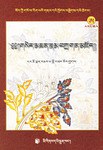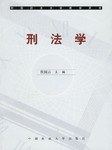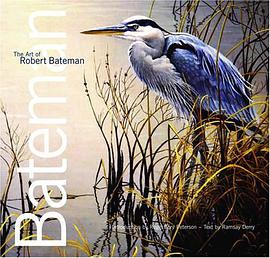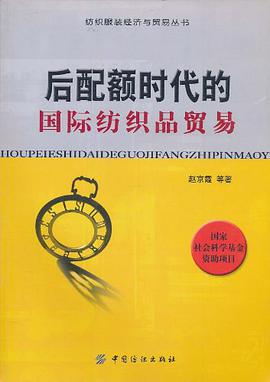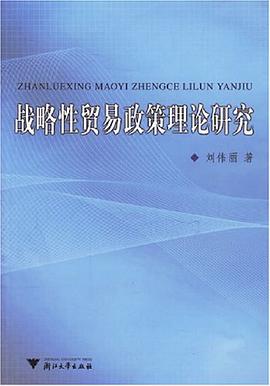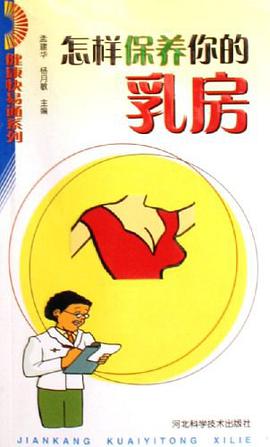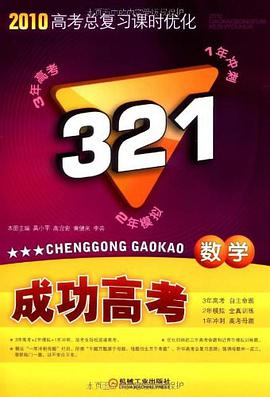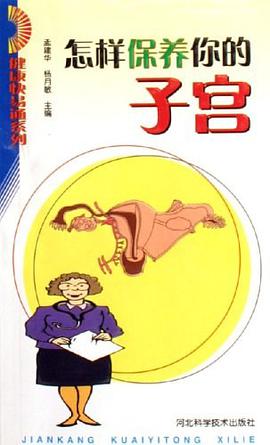

具體描述
Around 1770 or 1771, Francisco Goya went to Italy for roughly one year. Although it is not known whether he was actually fleeing the Spanish Inquisition, as an artist of his time he was certainly undertaking a pilgrimage to a country in which many (non-Italian) artists had completed their apprenticeships. Myths proliferate about Goya's Italian period. There are tales of his working as an acrobat, romancing a nun and being offering a job as court painter to Catherine the Great. Whatever the truth of these, he certainly came face to face with much inspirational art: Raphael and Michelangelo at the Vatican, Tiepolo, Correggio's frescoes in Parma, plus the Belvedere Torso of Apollonius and the Farnese Hercules of Glykon (both of which he sketched). During this stint, Goya also entered a painting in the Parma Academy competition, winning second prize. But upon his return to Spain, Goya was an artist transformed, liberated from Neoclassicism and free to pursue his own wilder painterly imaginings. By 1774, Goya had gone from anonymity to become Saragossa's most prosperous artist. What was he doing during this murky Italian jaunt? "Goya and Italy" is the first book to consider this question at length. In its pages, historians have collaborated to recreate the climate of eighteenth-century Rome, to postulate Goya's place in it and to assess the legacy of this shrouded episode in his biography. It will prove an invaluable document for Goya fans.
Around 1770 or 1771, Francisco Goya went to Italy for roughly one year. Although it is not known whether he was actually fleeing the Spanish Inquisition, as an artist of his time he was certainly undertaking a pilgrimage to a country in which many (non-Italian) artists had completed their apprenticeships. Myths proliferate about Goya's Italian period. There are tales of his working as an acrobat, romancing a nun and being offering a job as court painter to Catherine the Great. Whatever the truth of these, he certainly came face to face with much inspirational art: Raphael and Michelangelo at the Vatican, Tiepolo, Correggio's frescoes in Parma, plus the Belvedere Torso of Apollonius and the Farnese Hercules of Glykon (both of which he sketched). During this stint, Goya also entered a painting in the Parma Academy competition, winning second prize. But upon his return to Spain, Goya was an artist transformed, liberated from Neoclassicism and free to pursue his own wilder painterly imaginings. By 1774, Goya had gone from anonymity to become Saragossa's most prosperous artist. What was he doing during this murky Italian jaunt? "Goya and Italy" is the first book to consider this question at length. In its pages, historians have collaborated to recreate the climate of eighteenth-century Rome, to postulate Goya's place in it and to assess the legacy of this shrouded episode in his biography. It will prove an invaluable document for Goya fans.
著者簡介
圖書目錄
讀後感
評分
評分
評分
評分
用戶評價
相關圖書
本站所有內容均為互聯網搜索引擎提供的公開搜索信息,本站不存儲任何數據與內容,任何內容與數據均與本站無關,如有需要請聯繫相關搜索引擎包括但不限於百度,google,bing,sogou 等
© 2025 book.quotespace.org All Rights Reserved. 小美書屋 版权所有



